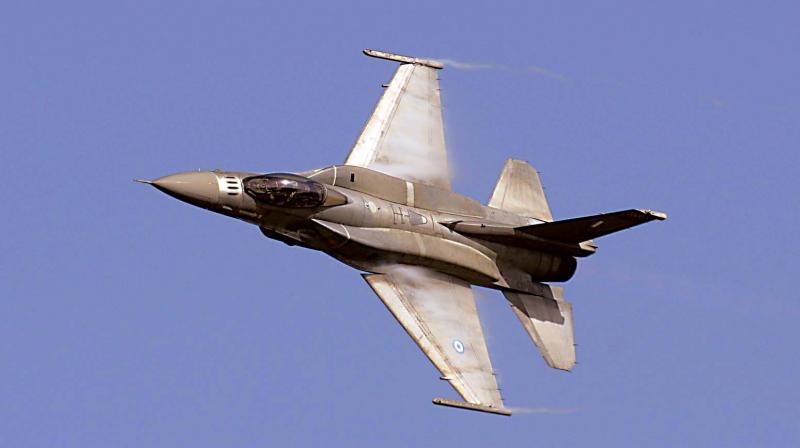Tejas exits Bengaluru, new nest in TN's Sulur
A simulator, too, will be installed in at the air force station in Sulur to train young pilots before they take 'Tejas' to the skies.

Bengaluru: In June, Made-in-India 'Tejas' combat jets will win their way from Bengaluru to their new and permanent nest - Air force station at Sulur near Coimbatore.
The fighters, which had won much appreciation for their performance during "Gagan Shakti", the Indian Air Force (IAF)'s biggest pan-India combat exercise earlier this year, will begin with nine 'Tejas' combat jets which will form part of the IAF's 45th Squadron, "Flying Daggers." But with the second production line set to go on stream at Hindustan Aeronautics Ltd (HAL) next month, at least a dozen of these military aircraft will roll out of the assembly line every year, and fly to Sulur to join this squadron. A simulator, too, will be installed in at the air force station in Sulur to train young pilots before they take 'Tejas' to the skies.
Their departure from Bengaluru marks a high point in this indigenous project. "It is a major milestone in 'Tejas' programme as the fighter aircraft will operate on their own from the air base in Sulur. If they (IAF crew) need any support we can provide them (IAF crew) at short notice," Dr Girish Deodhare, Director, Aeronautical Development Agency (ADA), the nodal organization which designed and rolled out the combat jets, told Deccan Chronicle.
The 'Tejas' has logged more than 5,000 sorties-1000 after its induction into the IAF in 2016 and 4000 during the test phase ahead of its entry into the IAF's fleet.
Sources in the Ministry of Defence (MoD) said the air force station at Sulur was chosen for strategic reasons: One, the airspace in the neighbourhood being relatively uncluttered will support continuous exercises by 'Tejas' jets; second, these new jets will be far away from the prying eyes of adversaries.
And third, they could be used to patrol the Indian Ocean region or test fire weapons and missiles at dummy targets without affecting the flight paths of commercial aircraft or cruising ships. The objective: to surprise the adversary with its capabilities in the event of a war.

